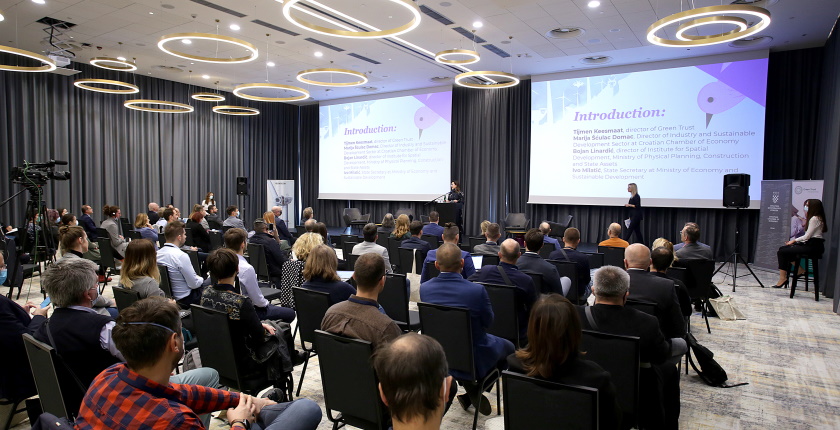
Photo: Ratko Mavar
Croatia plans to get renewable power plants with an installed capacity of 1.5 gigawatts (GW) by the end of 2024. To achieve that goal, it will have to simplify the permitting procedures.
According to the National Recovery and Resilience Plan, Ivo Milatić, State Secretary at the Ministry of Economic and Sustainable Development, Croatia aims to connect 1.5 GW from renewable energy sources to the grid by the end of 2024. The country must do everything it can to achieve the goal, he added.
Currently, Croatia has 1,127 MW of installed capacity in hydropower plants, 671 MW in wind farms, and 100 MW in solar power plants.
Locations for renewable power plants will be determined with spatial planning
He stressed Croatia intends to simplify procedures. The first step was the new electricity market act, and now the government needs to regulate the environmental protection segment.
The locations for renewable energy projects should be determined in the spatial planning process to prevent local leaders from picking sites as they wish, Milatić stressed at a conference on the development of wind farms in line with environmental protection and nature.
Bojan Linardić, director of the Institute for Spatial Planning of the Ministry of Physical Planning, Construction, and State Property, confirmed changes are being prepared to solve the issue.
The preparation of the new national spatial plan is in progress
In his view, drafting the national spatial plan is underway, and it is necessary to review renewable energy projects’ spatial distribution and capacities thoroughly.
Of note, the Croatian National Recovery and Resilience Plan 2021-2026, which the European Union funds, envisages up to 1,500 MW of new renewable energy power plants to be online by the end of 2024. It adds investors have already expressed interest in installing 6,500 MW.
More than 2,500 MW of new renewable power plants will be connected to the grid by 2030, the document reads.
Habitat sensitivity maps for solar and wind power plants are being prepared
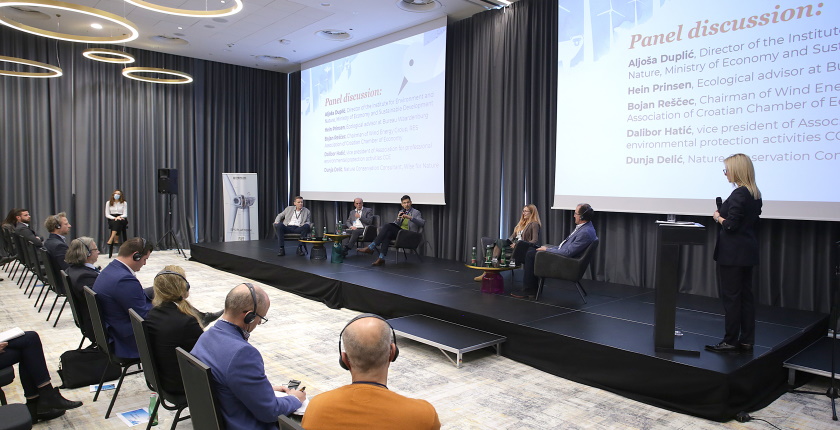
Conference participants stressed insufficient data on habitats and sensitive areas as one of the main problems for developing renewable projects. But, according to Aljoša Duplić, director of the Institute for Environmental and Nature Protection, the issue will be solved.
Habitat sensitivity maps are being prepared, and they will be available in the spring of 2023 for solar projects at the national level and wind farm projects for coastal parts of the country, he said.
The goal is to map the entire territory so that investors know which locations are suitable for developing renewables and where they can expect a potential problem with animal protection measures, Duplić underlined.
It is crucial to involve environmentalists in project development on time
Dunja Delić, an expert in nature and environmental protection, pointed out the goal of ecological associations is not to file lawsuits and prevent the development of renewable energy sources and stressed it is the last step when irregularities are noticed.
The development of projects must be in line with nature protection goals, and therefore it is crucial to involve environmental experts in their development on time, said Delić.
The conference was organized in Zagreb by Dutch company Green Trust, German wind turbine manufacturer Enercon and the Croatian Chamber of Commerce.






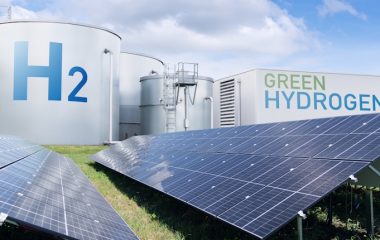
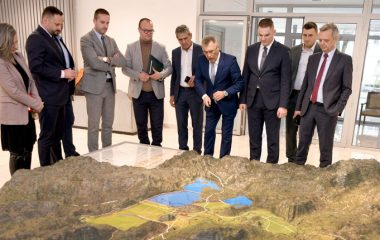
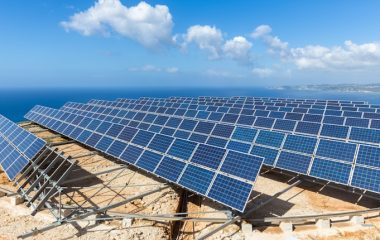
Be the first one to comment on this article.